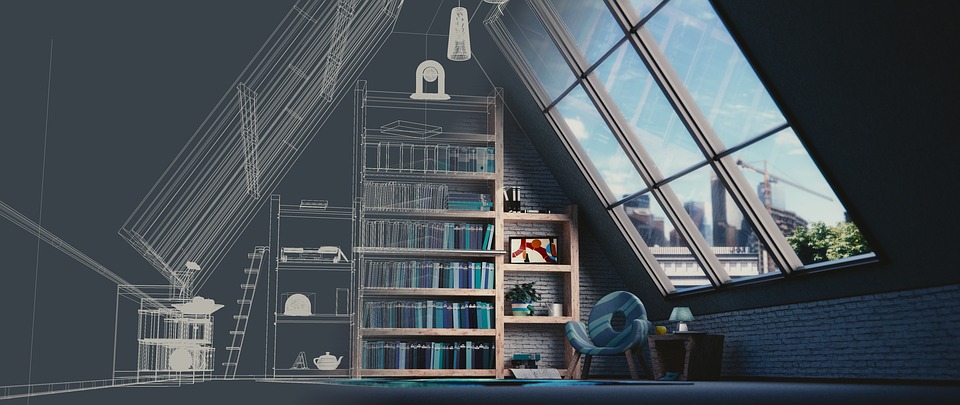However, the real question arises now because the industry appears to be reaching a point of saturation. VFX is no longer greeted with the sort of delight and surprise that the audience one held. It has become such a staple that it is very normalized and expected in all films. Many even go to the extent of arguing that the increasing dependency on VFX has reduced the effort which filmmakers are putting into actually developing sets and scouting out locations. The people who work in the VFX industry are also of the opinion that the field is often overused. Most experts can speak of how artists in the field are meeting faster deadlines with lower pays. Like most creative fields, there is a lot of frustration.
This stems mainly from the fact that most directors and people who approach VFX studios have a very limited or uncertain idea of what they are actually expecting. It is not uncommon for the artists to face demands for frequent changes, simply because the client does not find satisfaction with the result. The main issue here is that they are not paid more for these actions which makes them resentful of the film industry in general. Moreover, with the number of VFX artists and studios playing the field, it is not surprising that there are thousands of frames that are rendered every day at the studios for a number of productions, at breakneck speed. Needless to say, it is a highly demanding industry that is often underrated.
The main issue that has been spotted with the VFX industry, especially for companies based in India, is that they receive a lot of outsourcing. This means that a lot of the work which they do is for foreign films where the pay which they receive is often less than necessary. However, it cannot be denied that at least filmmakers abroad have allocated millions from their budget to the VFX industry, while the Indian movies limit the amount of money they are willing to spend on the same. In the same way that you would expect an expensive product to function better, the movie which has higher budgets for their VFX can obviously boast of better visuals. Sadly, this means that although there is a huge chunk of the VFX industry working within the country, Indian movies often leave something to be desired with their VFX.
Experts are of the opinion that this is a changing trend and with the advent of AR and VR technologies, there are also a number of changes that are fast appearing in the VFX field. IT becomes imperative for those working here to remain on their toes and adapt themselves to the new changes and demands as they arise. There is no denying that VFX will continue to remain in demand, but there are chances that it will change and grow, both in terms of technology and the applications which it haves. This means that any VFX studios which refuse to continue learning will be left in the dust.
Another major change which has been suggested is that most VFX studios must up their game in terms of the payment and workloads which they accept. It is very unfair to the artists if they are overburdened and handed very close deadlines but still expected to produce work that meets high standards. Only if compensation is made adequate will there be any true job satisfaction in the entire field. Hopefully, this article has been an eye-opener about the field than playing a leading role in today’s film industry, although usually in the background. Do or contact us if you’d like to know more or found this useful!



